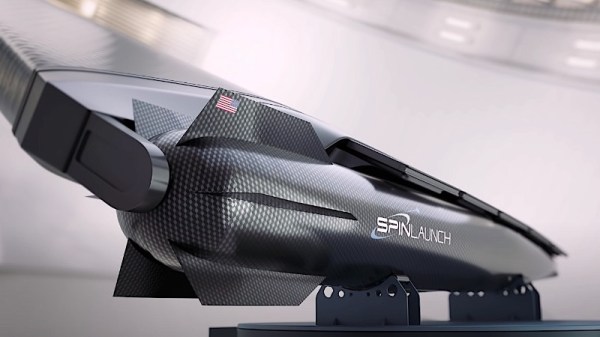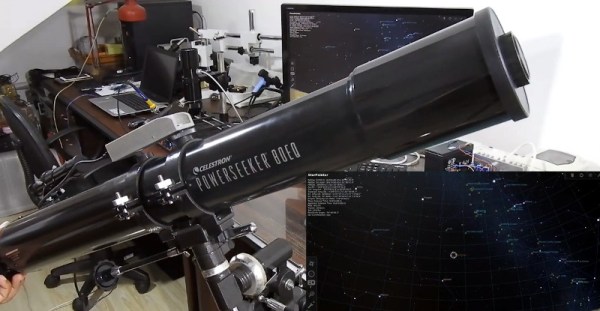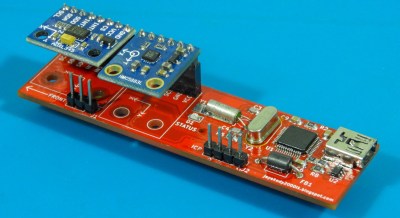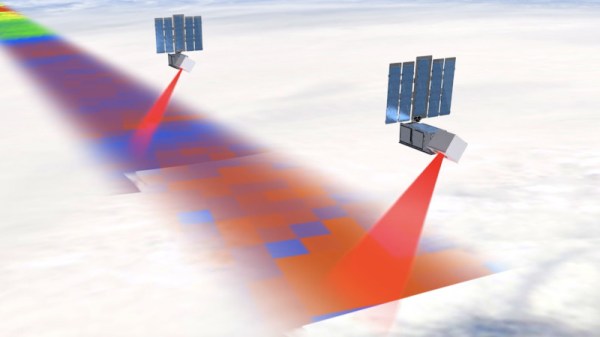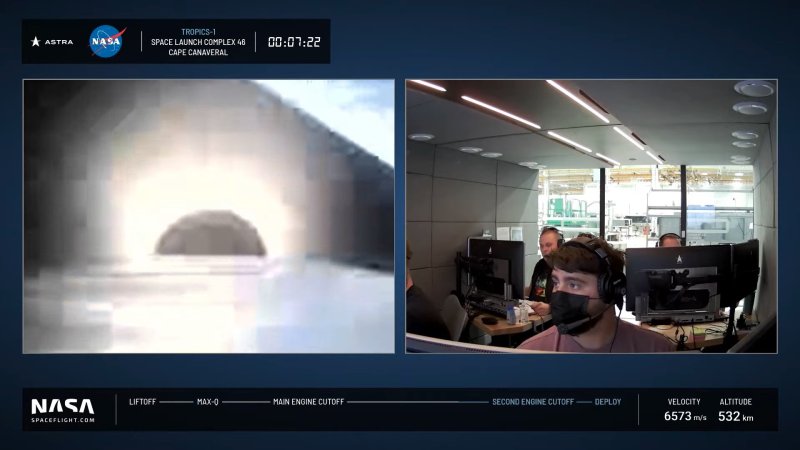News hit earlier this month that the infamous “cockroach moon dust” was up for auction? Turns out, NASA is trying to block the sale as they assert that they own all the lunar material brought back from the Apollo missions. What? You didn’t know about cockroach moon dust? Well, it is a long and — frankly — weird story.
It may sound silly now, but there was real concern in 1969 that Apollo 11 might bring back something harmful. So much so that NASA tricked out an RV and kept the astronauts and a volunteer in it for about three weeks after they came home. During that time they were tested and some experiments were done to see if they’d been exposed to anything nasty.
One of those experiments was to feed lunar dust to cockroaches (by the way, the table of contents has a mistake in it — check out page 8). Seriously. But that isn’t even the really weird part. A scientist who worked on the project by the name of Marion Brooks decided she wanted a memento, so she extracted the lunar dust from the dead cockroaches and saved it in a vial. At least we learned a new word: chyme.
RR Auction — the RR stands for Remarkable Rarities — was starting the bidding for some dead cockroaches and a vial of chyme at about 12 grand but it was sure to go higher than that, perhaps up to $400,000 USD. That was before they got a cease and desist from NASA.
 It appears the collection has been sold at least once before. NASA has cracked down on anyone selling lunar material as even those given to people are considered on loan from the agency. However, many of the rocks given to different countries and state governments are now unaccounted for.
It appears the collection has been sold at least once before. NASA has cracked down on anyone selling lunar material as even those given to people are considered on loan from the agency. However, many of the rocks given to different countries and state governments are now unaccounted for.
Back in 2002, interns Thad Roberts and Tiffany Fowler worked in the building where NASA stores most of the moon rocks it has. They took a 600-pound safe containing about 100 grams of moon samples and some other materials. With some help, Roberts tried to fence them to an amateur rock collector who helped the FBI set up a sting. Roberts got over 8 years in federal prison for his efforts, just a little more than an accomplice, Gordon McWhorter, who claimed to have been duped by Roberts. There have been a few other cases of theft, most of which remain unsolved.
This is one of those tricky things. From NASA’s point of view, they own all the moon rocks (with a few exceptions, mostly of material that didn’t come from Apollo). If you steal them, they want them back and if you are given them on loan they don’t appreciate you giving them away, selling them, or losing them. On the other hand, outside of outright theft like the Roberts case, it is hard to imagine that you want to control old roach chyme.
There’s two things we do wonder. First, who saves roach chyme even if it did start as lunar dust? Second, if three little pebbles brought back by the Soviet Luna 16 probe sold for over $850,000 and this dust might have gone for $400,000, why aren’t more of these “New Space” startups scrambling to bring some fresh samples back? Seems like it might pay for itself.


